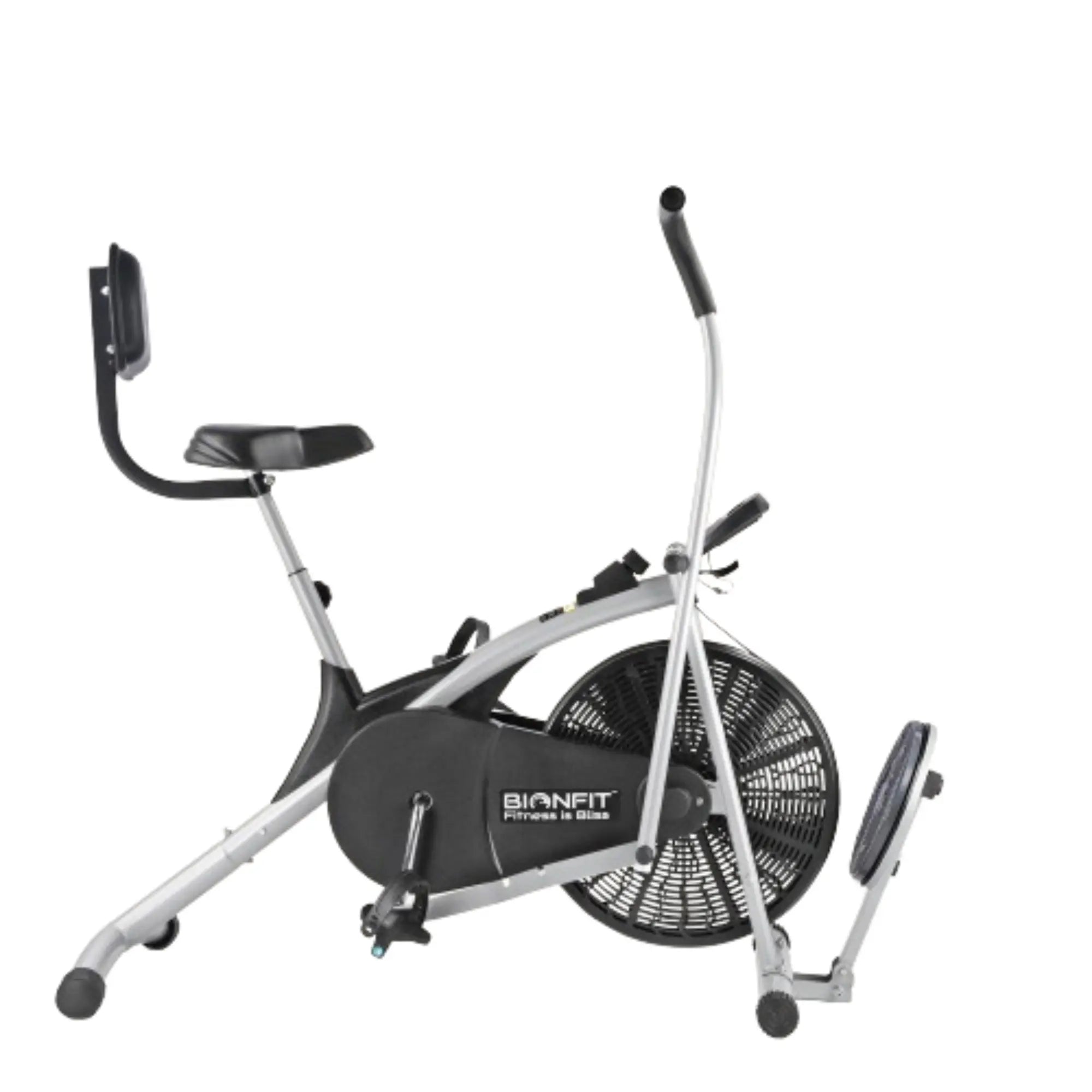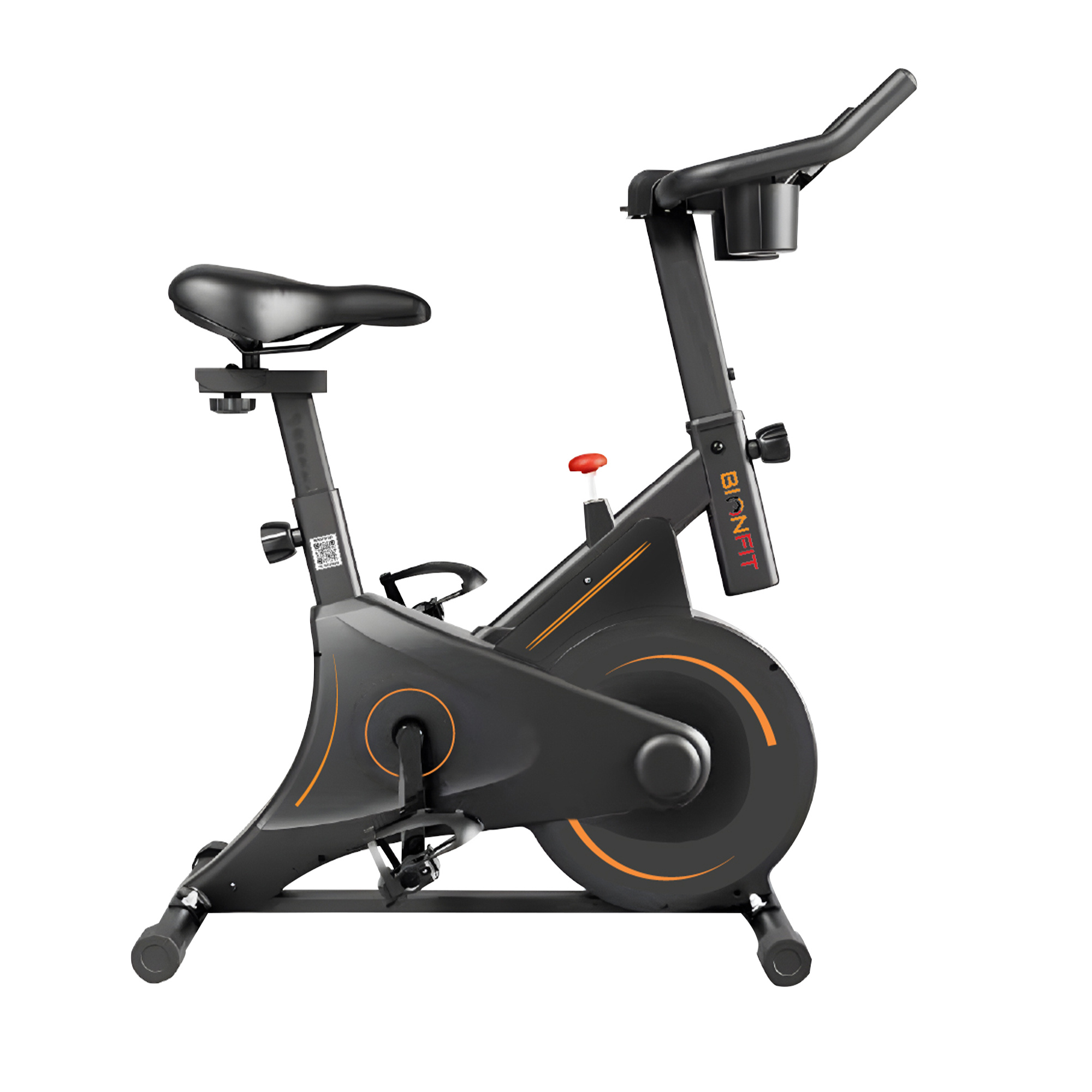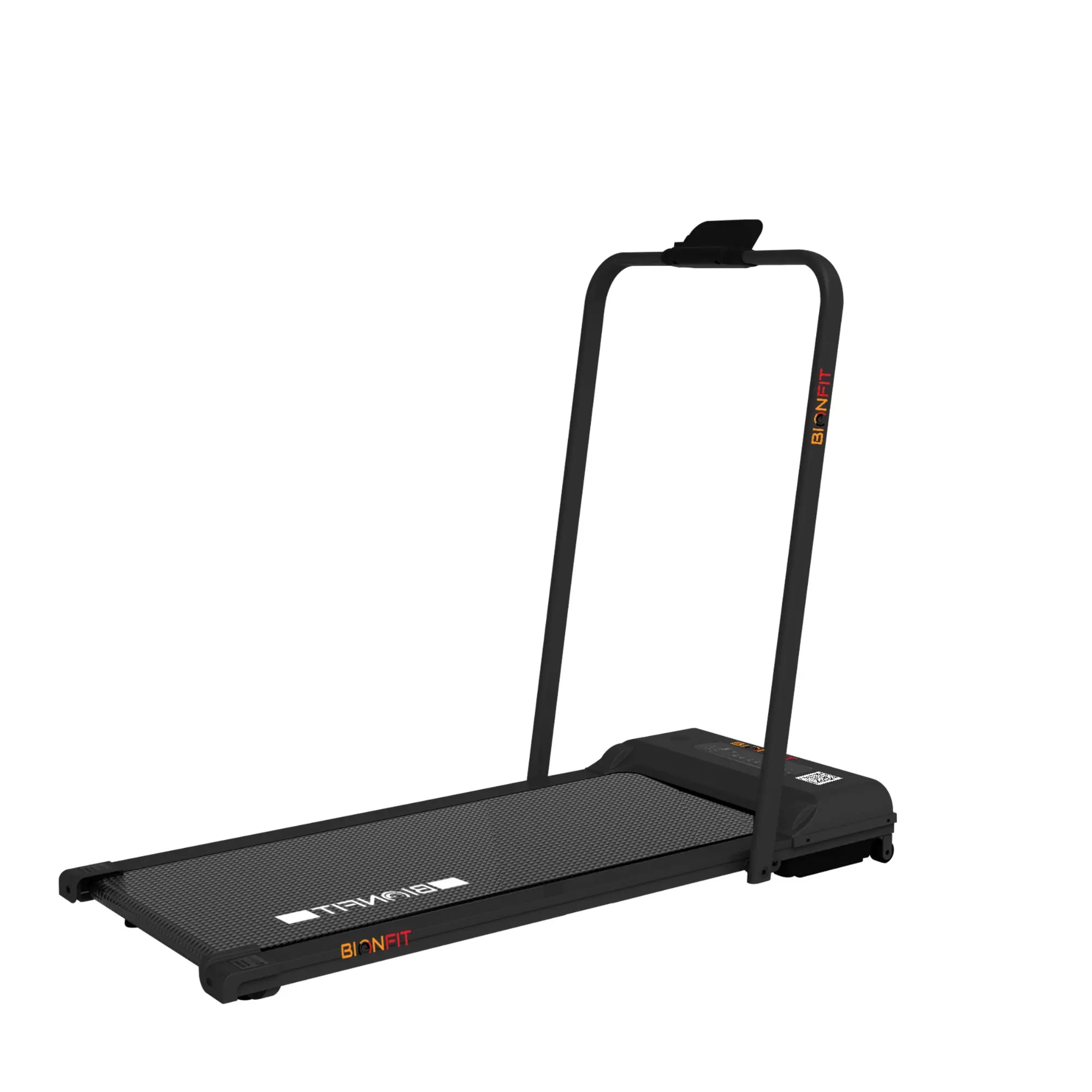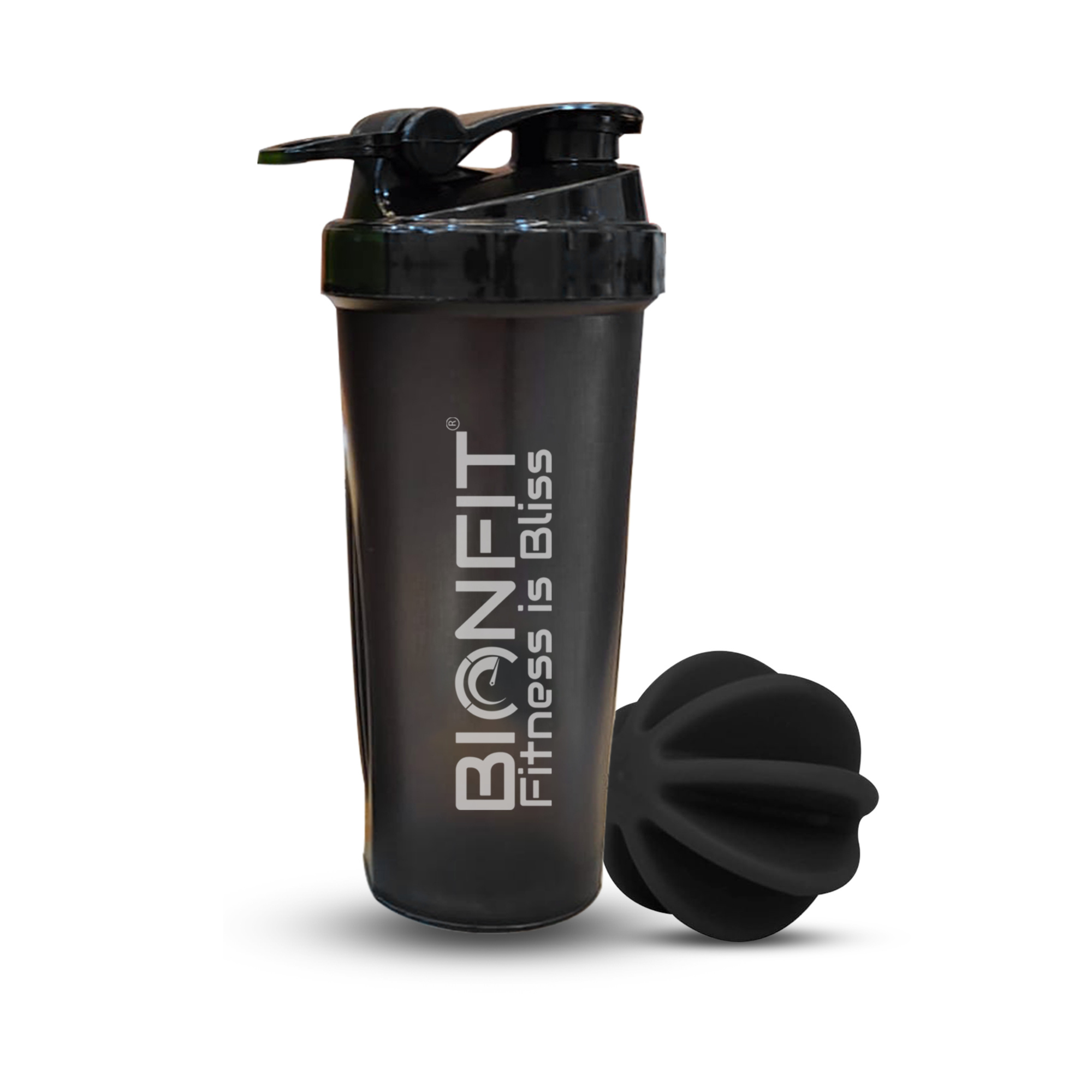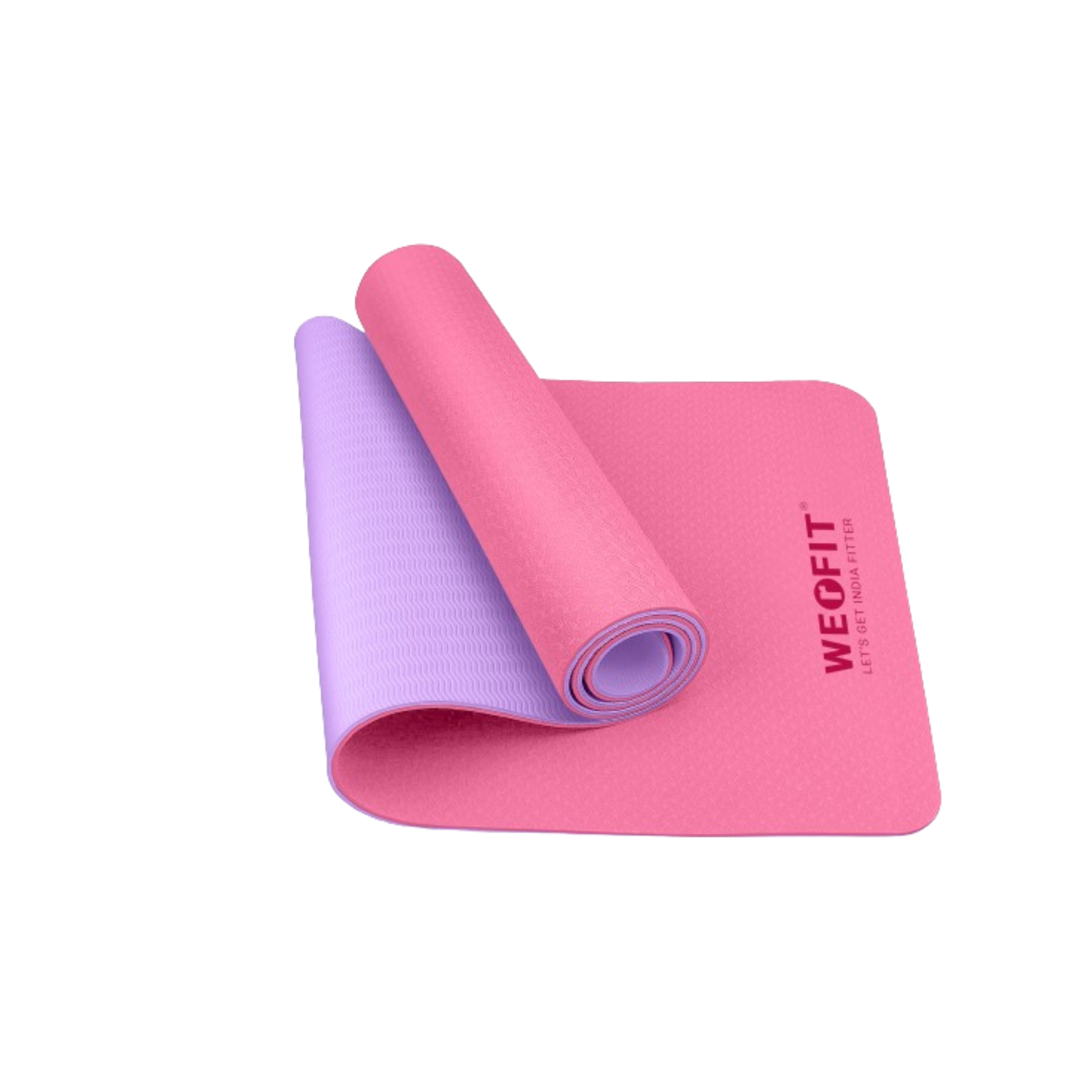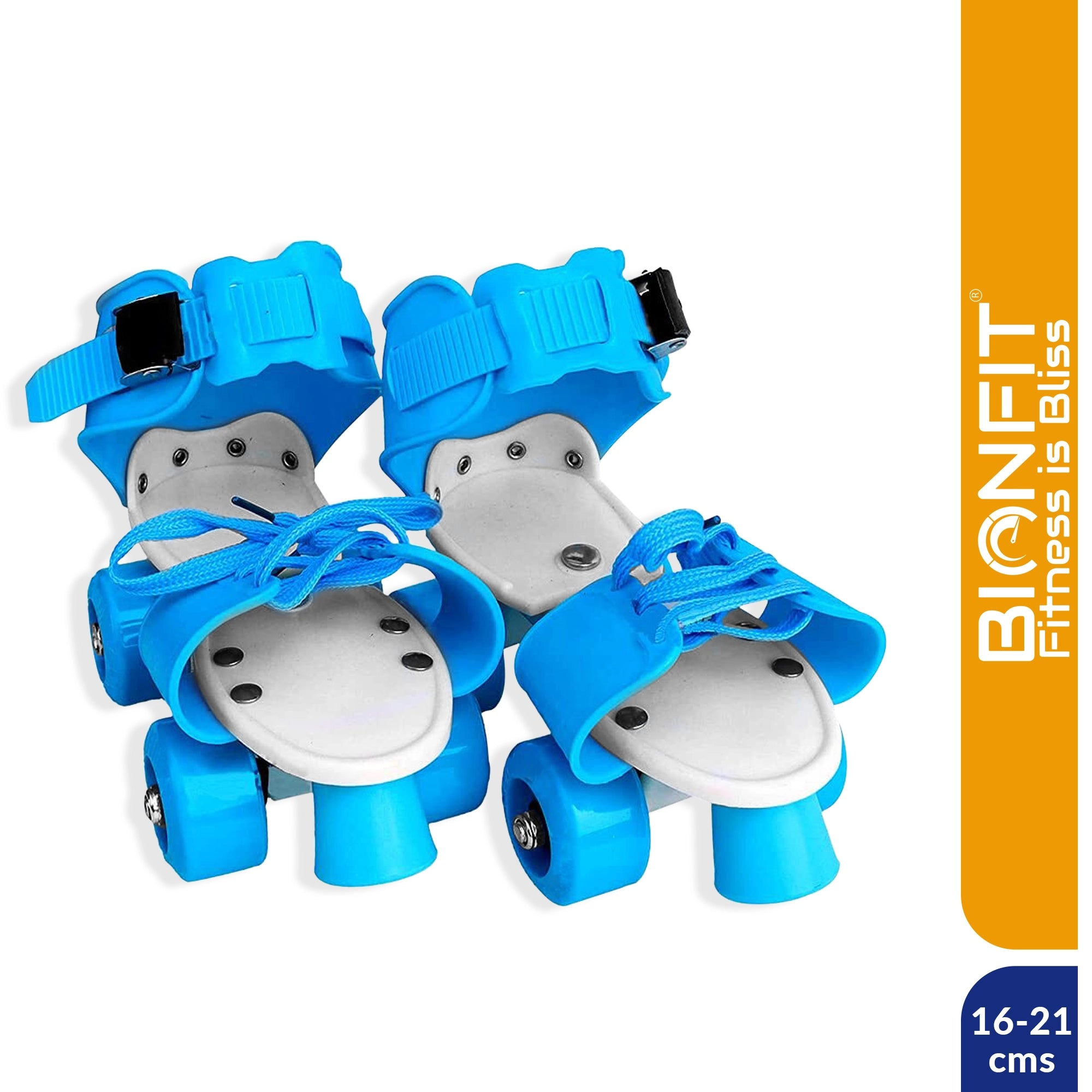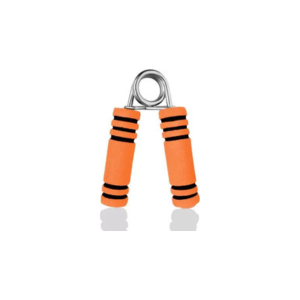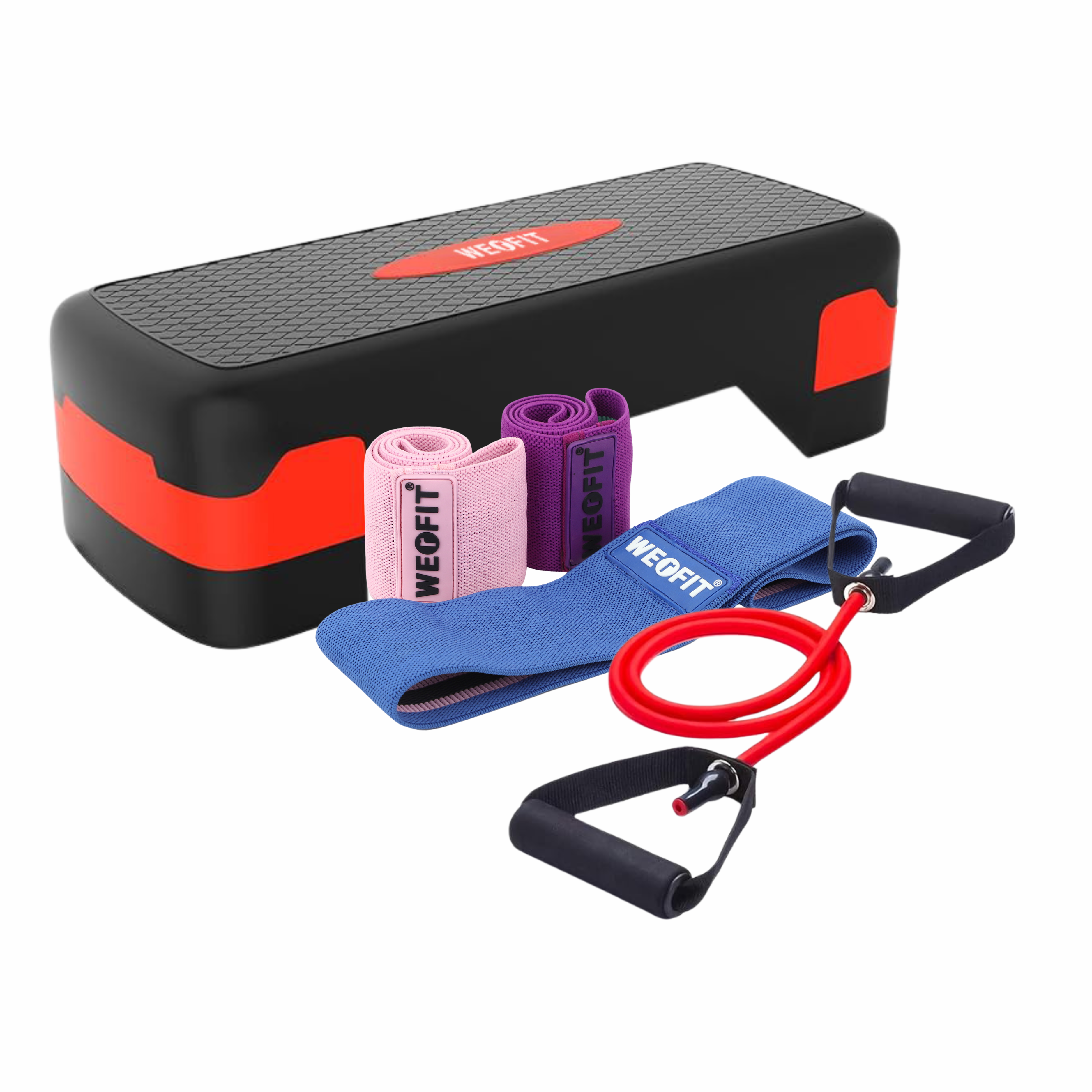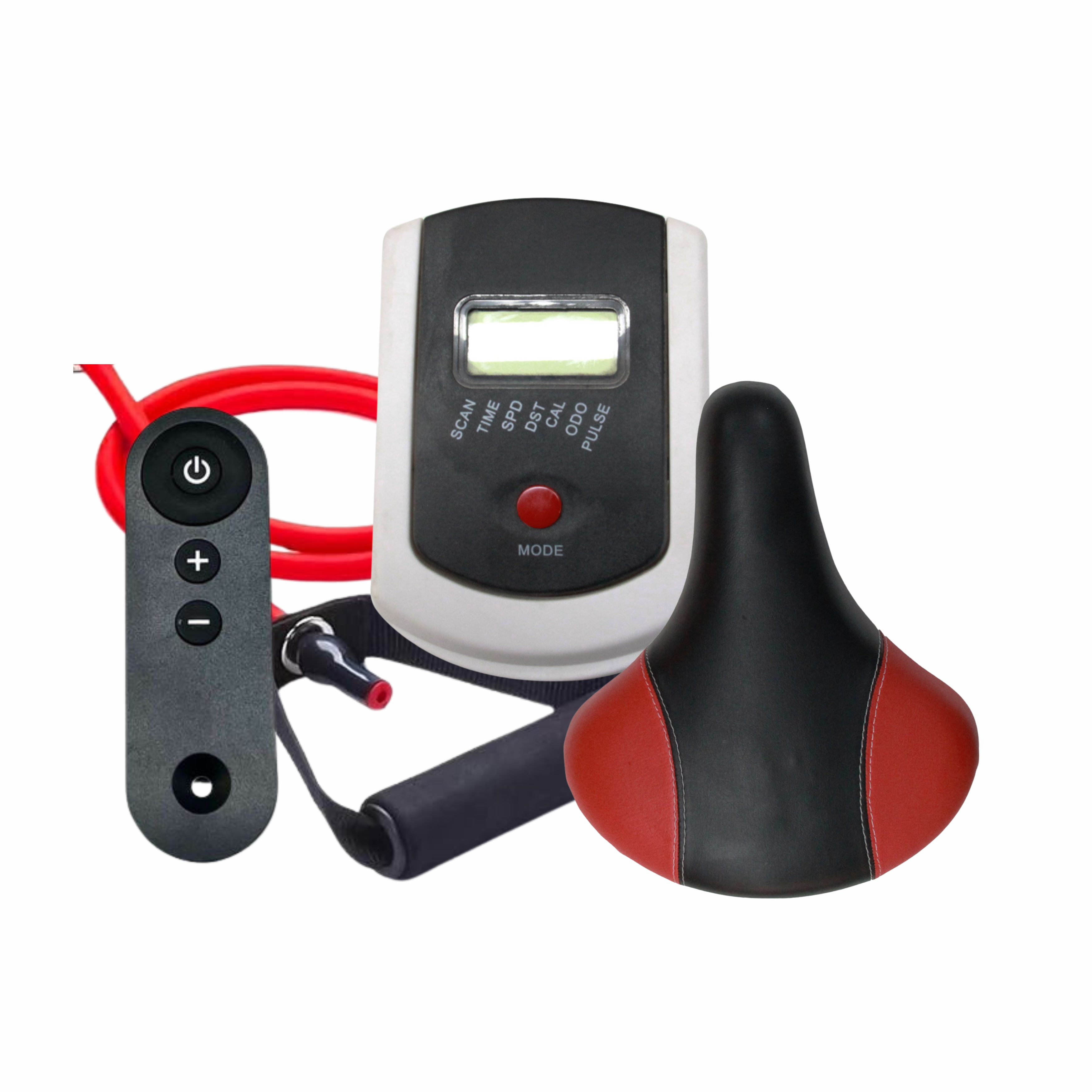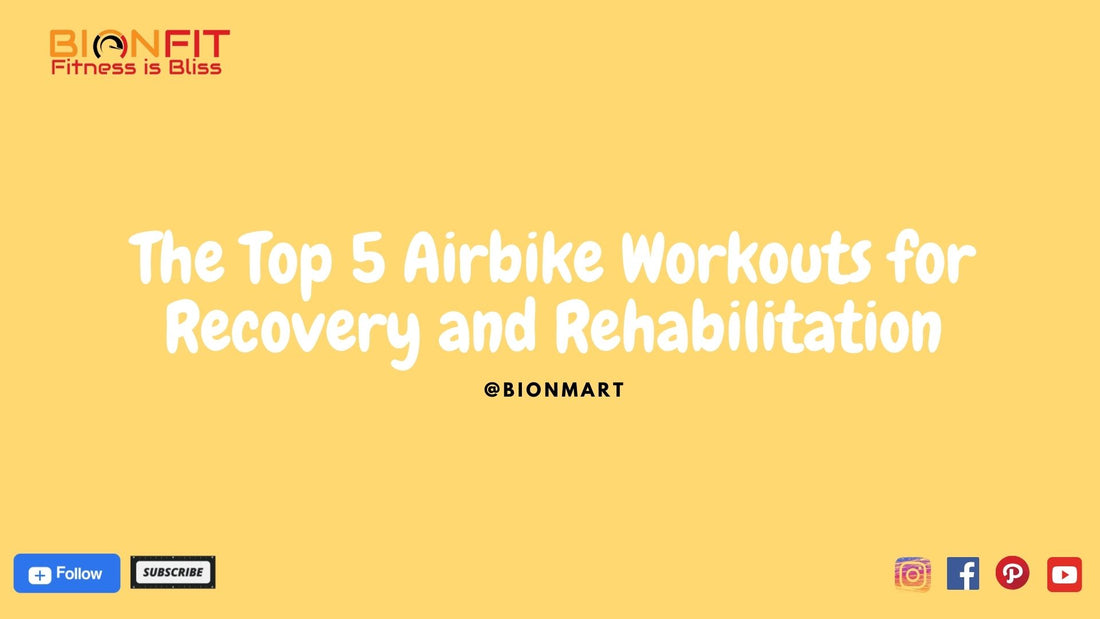
The Top 5 Airbike Workouts for Recovery and Rehabilitation
In recent years, airbikes have gained popularity in fitness circles, not just for intense cardio sessions but also for their effectiveness in recovery and rehabilitation. These versatile machines provide a low-impact workout option that can aid in recovery from injuries, improve mobility, and enhance overall fitness. In this article, we'll explore the top five airbike workouts specifically tailored for recovery and rehabilitation purposes.
Understanding the Benefits of Airbike Workouts
Before delving into specific workouts, let's briefly discuss why airbike workouts are ideal for recovery and rehabilitation.
Low-Impact Nature
Unlike traditional cardio machines like treadmills or ellipticals, airbikes offer a low-impact workout. This means less stress on joints and muscles, making them suitable for individuals recovering from injuries or dealing with mobility issues.
Total Body Engagement
Airbike workouts engage multiple muscle groups simultaneously, providing a comprehensive workout for both upper and lower body. This can aid in rehabilitation by strengthening weakened muscles and improving overall muscle coordination.
Adjustable Intensity
One of the key advantages of airbikes is the ability to adjust the resistance level easily. This allows individuals to tailor their workouts to their current fitness level and gradually increase intensity as they progress in their recovery journey.
The Top 5 Airbike Workouts for Recovery and Rehabilitation
1. Gentle Pedaling Warm-Up
Start with a gentle warm-up to prepare your muscles for more intense exercise. Begin pedaling at a slow pace, focusing on smooth and controlled movements. Gradually increase the intensity as your muscles loosen up, but avoid pushing too hard. Aim for 5-10 minutes of gentle pedaling to get your blood flowing and joints lubricated.
2. Interval Training
Interval training involves alternating between periods of high-intensity effort and low-intensity recovery. For individuals in recovery or rehabilitation, this can be modified to suit their current fitness level. Start with short intervals of moderate intensity followed by longer recovery periods. As fitness improves, gradually increase the intensity and decrease recovery time.
3. Upper Body Focus
This workout focuses on strengthening the upper body, particularly the arms and shoulders. Begin by pedaling at a moderate pace while simultaneously engaging the arms to push and pull the handlebars. Experiment with different hand positions to target different muscle groups. Aim for 15-20 minutes, gradually increasing the duration as strength improves.
4. Lower Body Emphasis
For individuals recovering from lower body injuries, this workout provides a gentle yet effective way to strengthen leg muscles and improve range of motion. Start with a low resistance setting and focus on smooth, controlled pedaling motion. Gradually increase resistance as strength improves, but avoid pushing beyond your comfort level. Aim for 20-30 minutes of continuous pedaling, with periodic breaks as needed.
5. Cool Down and Stretch
After completing your workout, it's important to cool down properly to prevent muscle soreness and aid in recovery. Reduce the intensity of your pedaling and allow your heart rate to gradually return to baseline. Once sufficiently cooled down, take a few minutes to stretch major muscle groups, focusing on areas that feel tight or tense. Hold each stretch for 15-30 seconds, breathing deeply and avoiding any sudden movements.
Conclusion
Airbike workouts offer a versatile and effective way to support recovery and rehabilitation efforts. By incorporating these top five workouts into your routine, you can improve mobility, strengthen muscles, and enhance overall fitness while minimizing the risk of injury. Remember to start slowly, listen to your body, and gradually progress as your strength and endurance improve.
FAQs (Frequently Asked Questions)
1. Are airbike workouts suitable for everyone, including beginners?
- Yes, airbike workouts can be adapted to suit individuals of all fitness levels, including beginners. Start with low-intensity workouts and gradually increase the duration and intensity as you become more comfortable.
2. Can airbike workouts help with rehabilitation after surgery?
- Absolutely. Airbike workouts provide a low-impact option for rehabilitation, allowing individuals to gradually rebuild strength and mobility following surgery or injury.
3. How often should I incorporate airbike workouts into my routine for optimal results?
- The frequency of airbike workouts depends on individual goals and fitness levels. Aim for at least 3-4 sessions per week, with adequate rest days in between to allow for recovery.
4. Are there any specific safety precautions I should take when using an airbike for recovery purposes?
- It's important to maintain proper form and technique to avoid injury. Start with a brief warm-up and always listen to your body. If you experience any pain or discomfort, stop immediately and consult a healthcare professional.
5. Can airbike workouts help with weight loss in addition to recovery and rehabilitation?
- Yes, airbike workouts can contribute to weight loss when combined with a balanced diet and overall active lifestyle. However, the primary focus should be on recovery and rehabilitation, with weight loss as a secondary benefit.
Follow us for more updates.

